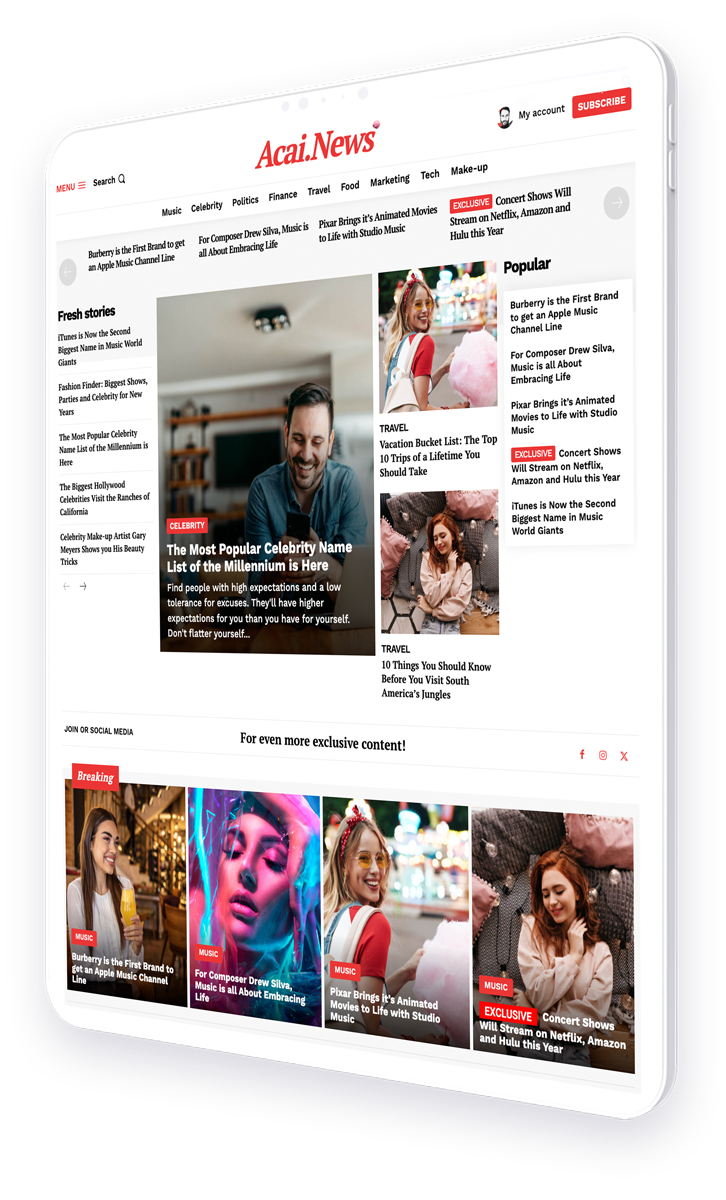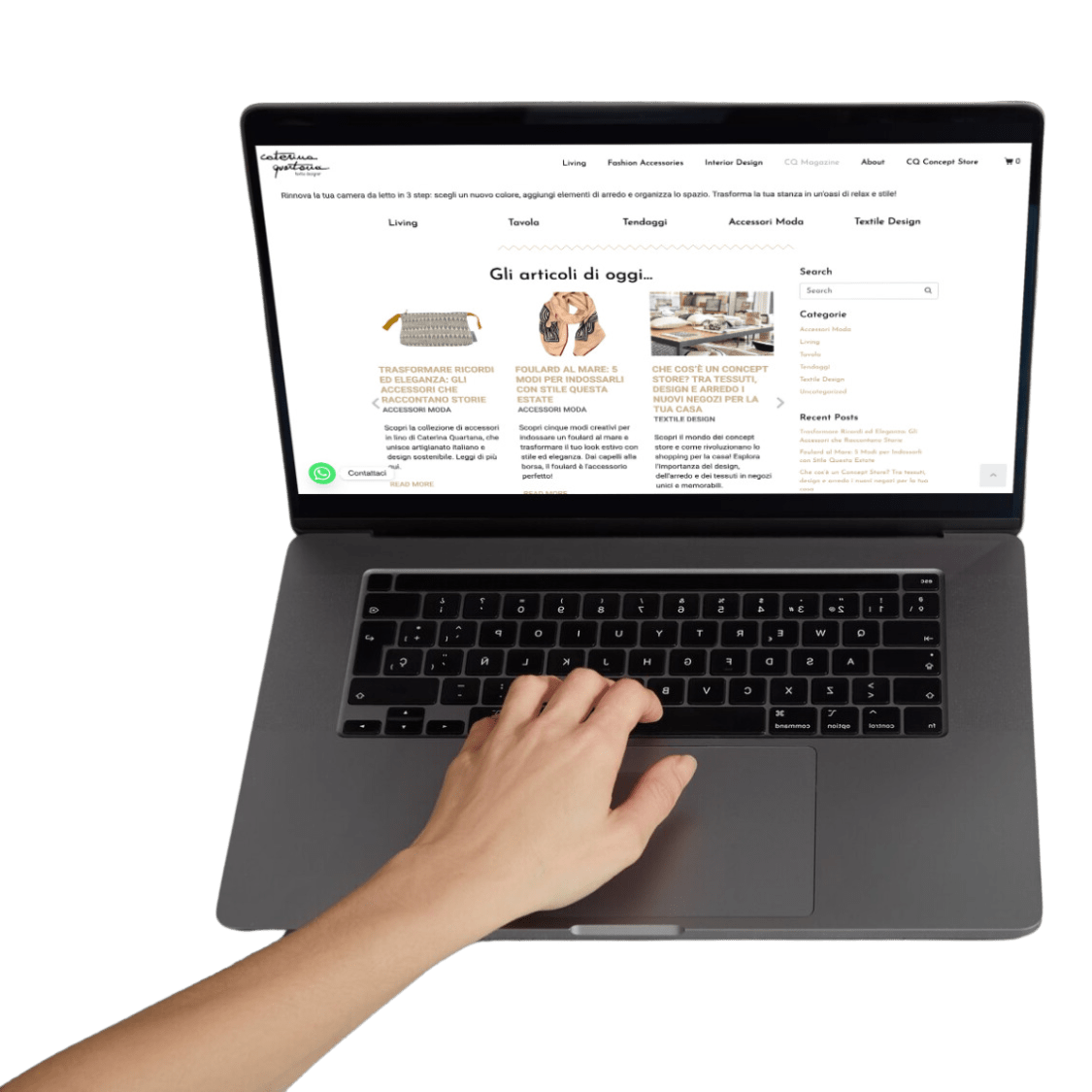How time-on-page, topic interest, and content flow uncover hidden intent signals
Welcome to our in-depth exploration of how digital markers like time-on-page, topic interest, and content flow can reveal much about user intent. In today’s data-driven online environment, understanding these elements can significantly enhance how businesses engage with their audiences. This article will delve into each of these factors, providing insights and practical examples to help you better interpret user behavior.
In the realm of digital marketing and website analytics, understanding user intent is paramount. By analyzing how long visitors stay on a page, what topics they are interested in, and how they interact with content, businesses can uncover hidden signals that indicate a user’s intent. This article will explore how these metrics can be used to enhance user engagement and improve content strategy.
- Introduction
- Understanding Time-on-Page
- Gauging Topic Interest
- Analyzing Content Flow
- Relevant Case Studies
- Conclusion
Understanding Time-on-Page
Time-on-page is a critical metric in understanding how engaging and relevant your content is to your audience. It measures the amount of time a user spends on a particular page before moving on to another page. A longer time-on-page generally suggests that the content is engaging and meets the needs or interests of the visitor.
- High time-on-page can indicate detailed reading or interest in the topic.
- Low time-on-page might suggest that the content is not engaging or not what the user was looking for.
However, it’s important to consider this metric in context. For instance, a very short time-on-page on a contact information page might still mean success, as users find what they need quickly.
Gauging Topic Interest
Understanding topic interest helps in tailoring content that resonates with your audience. This can be measured by analyzing search terms that lead users to your site, the popularity of certain pages, and interaction rates such as likes, shares, and comments.
- High interaction rates on posts about specific topics can signal strong interest.
- Feedback in the form of comments can provide direct insights into user preferences and questions.
By aligning your content strategy with these interests, you can increase user engagement and satisfaction.
Analyzing Content Flow
Content flow refers to how well content is organized and connected across your website. Effective content flow guides a user naturally through information, encouraging them to spend more time on the site and engage more deeply with the material.
- Logical and intuitive navigation can enhance content flow.
- Internal linking between related topics can keep users engaged and encourage deeper exploration of your site.
Tools like Google Analytics provide ‘Behavior Flow’ reports that can help visualize the path users typically take through your site, highlighting potential areas for improvement.
Relevant Case Studies
Let’s look at some practical applications of these concepts:
- Case Study 1: A fashion retailer noticed that time-on-page increased significantly on posts that included video content compared to those without. By analyzing this data, they were able to adjust their content strategy to include more multimedia elements, which led to a 20% increase in user engagement.
- Case Study 2: An online education platform used topic interest data to identify which courses were most popular among users. They then developed additional content around those subjects, resulting in a 30% rise in enrollment for those courses.
Conclusion
In conclusion, understanding the nuances of time-on-page, topic interest, and content flow can provide valuable insights into user intent. By carefully analyzing these metrics, businesses can optimize their digital strategies, enhance user engagement, and ultimately achieve greater success online. Embracing these insights allows for a more data-driven approach to content creation and website management, ensuring that every piece of content is not only seen but is also impactful.
For further reading on user intent and behavior analytics, consider visiting Google Analytics Academy.




